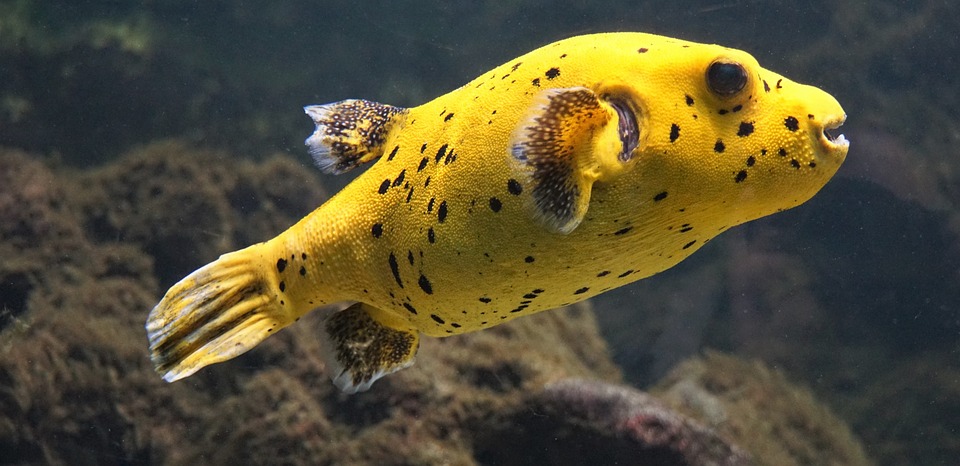Maintaining a healthy and thriving fish tank involves understanding and addressing various behavioral changes in your aquatic pets. One such behavior that often raises concerns among fishkeepers is rapid swimming. In this article, we will explore the possible reasons behind this behavior and provide effective solutions to ensure the well-being of your fish. Read on to discover the signs, causes, and remedies for fish tank rapid swimming behavior.
Understanding Rapid Swimming Behavior: Signs and Causes
Recognizing Rapid Swimming Behavior:
– Sudden darting movements across the tank
– Continuous pacing or circling in a frantic manner
– Displaying hyperactive behavior compared to usual activity levels
– Increased aggression towards tank mates
Potential Causes of Rapid Swimming Behavior:
– Poor water quality: Ammonia, nitrate, or nitrite spikes can distress fish and lead to abnormal swimming patterns.
– Inadequate tank size: Overcrowding can cause stress and trigger rapid swimming behavior.
– Improper water temperature: Drastic fluctuations or extreme temperatures can induce stress and erratic swimming.
– Incorrect tank setup: Lack of hiding spots, plants, or suitable decor can make fish feel exposed, leading to anxiety.
– Incompatible tank mates: Aggressive or territorial fish can cause stress, forcing others to swim frantically to escape.
Addressing Rapid Swimming Behavior: Effective Solutions
Conduct Regular Water Testing:
– Use reliable test kits to monitor ammonia, nitrate, nitrite, pH, and temperature levels.
– Perform regular water changes to maintain optimal water quality.
Ensure Sufficient Space:
– Determine the appropriate tank size for your fish species and provide ample swimming area.
– Avoid overcrowding by adhering to the recommended inches of fish per gallon rule.
Maintain Consistent Water Temperature:
– Use a reliable aquarium heater and thermometer to maintain a stable temperature.
– Adjust the heater gradually to prevent sudden fluctuations.
Optimize Tank Setup:
– Add suitable hiding spots, plants, and decorations to provide security and reduce stress.
– Mimic natural environments to create a sense of familiarity for your fish.
Choose Compatible Tank Mates:
– Research fish species thoroughly before adding them to your tank.
– Avoid aggressive or territorial fish that can harass tank mates, causing stress-related behaviors.
FAQs: Frequently Asked Questions
1. Why is my fish suddenly swimming very fast?
– Rapid swimming behavior can indicate stress, poor water quality, inadequate tank size, improper setup, or aggressive tank mates.
2. How can I improve water quality in my fish tank?
– Regularly test water parameters, perform partial water changes, and ensure proper filtration to maintain optimal water quality.
3. Can rapid swimming behavior harm my fish?
– Yes, continuous stress from rapid swimming can weaken the immune system, making fish more susceptible to diseases.
4. Should I be concerned if only one fish is displaying rapid swimming behavior?
– Yes, it could indicate a potential health issue, aggression from other tank mates, or the need for territorial space. Monitor the fish closely and take appropriate action.
5. Can rapid swimming behavior be a sign of breeding activity?
– Yes, some fish species exhibit rapid swimming when engaging in courtship or mating rituals. Research the specific behaviors of your fish to differentiate between breeding and stress-related swimming.
Conclusion:
Recognizing and addressing rapid swimming behavior in your fish tank is crucial for maintaining a healthy and stress-free environment for your aquatic pets. By understanding the signs and causes of this behavior, as well as implementing effective solutions, you can ensure the well-being and longevity of your fish. Remember to monitor water quality regularly, provide adequate space, maintain consistent temperature, optimize tank setup, and choose compatible tank mates. Your fish will thank you with their vibrant colors and contented behavior.









